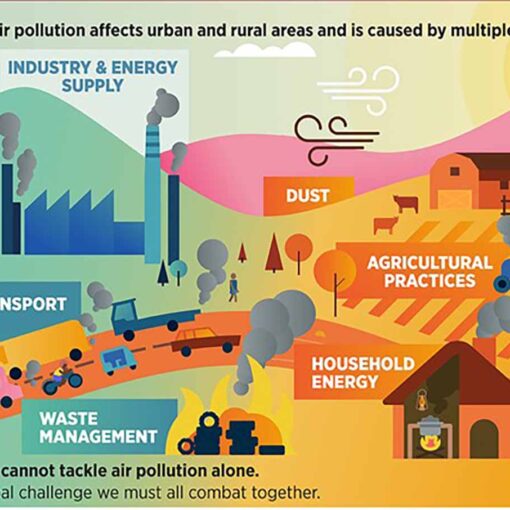The resilience of the public sector is relatively weak, and it reacts sensitively to unexpected chances in society through the expensive and long-lasting remedial social welfare and health care services, making the service system vulnerable and undermining the ability to support people proactively in their everyday environments at work, home, school, digital and other leisure time environments.
This negative trend in cost development has gradually eroded prevention (Lankinen 2018). Thus, the margin of prevention can mostly be taken out from the long-lasting and expensive remedial services, but the public sector alone is incapable of solving the problem. However, it holds one of the key tools for gradual allocation of the resources from the remedial to preventive zone – namely, public procurements.
With this said, it is not a surprise that public procurements are carried out mainly in the remedial zone, which has most probably impacted at least to some extent on the emerging financing challenges of the Nordic welfare state. At this point, the potential of reverse or value-based public procurements is identified (Futurium 2021).
The key mechanisms in the reverse public procurements are mostly related to performance-oriented operations and incentives to develop humanly and economically sustainable prevention and through this gradually curb the need for expensive remedial services. (Pyykkönen 2016.) Innovative companies and NGOs bear a significant amount of know-how, which could be harnessed for the development of the humanly and economically resilient public sector. For example, in the welfare county of Pirkanmaa, a private enterprise is responsible for orchestrating the preventive network of actors in a way that support can be allocated in a timely manner (STT 2023).

Profits align with health and well-being improvement
The cost of mostly preventable chronic diseases is already immense and grows due to aging Europe (OECD 2016). In a value-based public procurement model SMEs will gain profits only if they are able to promote target group’s health and well-being and through this, curb the need for long-lasting and expensive remedial social welfare and health care services.
Reverse or value-based public procurements consist of mechanisms such as target-oriented operations and practices, reporting, bonus-sanction incentives, etc. The key success factor is the development of narrow specialization toward managing larger and more cost-effective entities to assess and ensure the cost-effectiveness of timely interventions and corroborate prevention. In most cases, innovative for-profit organizations work in close collaboration with the public sector and have a significant role in value-based activities aiming to create a cost-efficient social welfare and health care system.
From the public sector’s resilience point of view, it is crucial to improve the ability social welfare & health care services to respond to external disturbances such as pandemics, severe recessions, and financial crises in a cost-efficient and preventive manner. Value-based public procurement is a powerful tool to improve the resilience of the public social welfare and health care system in the regularly recurring disturbances in the society.
LAB promotes value-based public procurements through its own activities and has planned a related transnational development project.
Author
Niko Lankinen works as a chief specialist in health and well-being service innovations at LAB University of Applied Sciences.
References
Futurium. 2021. Guide on value-based innovation procurement. Cited 27 Apr 2023. Available at https://futurium.ec.europa.eu/sites/default/files/2021-10/Blueprint%20guide%20on%20value%20based%20innovation%20procurement.pdf
Lankinen, N. 2018. Towards optimized reporting in the Finnish social and health care. LinkedIn. Cited 27 Apr 2023. Available at https://www.linkedin.com/pulse/towards-optimized-reporting-finnish-social-health-care-niko-lankinen/
OECD. 2016. Europe is paying a heavy price for chronic diseases. Cited 2 May 2023. Available at https://www.oecd.org/health/europe-paying-a-heavy-price-for-chronic-diseases-finds-new-oecd-ec-report.htm
pasja1000. 2018. Vanhempi, vanhukset, ihmiset, pari. Pixabay. Cited 27 Apr 2023. Available at https://pixabay.com/fi/photos/vanhempi-vanhukset-ihmiset-pari-3336451/
Pyykkönen, J. 2016. Vaikuttavuuden hankinta. Käsikirja julkiselle sektorille. Cited 27 Apr 2023. Available at https://www.sitra.fi/app/uploads/2017/02/Selvityksia115-2.pdf
STT. 2023. Kotitori neuvoo nyt kaikkia pirkanmaalaisia ikäihmisiä ja vammaisia henkilöitä sekä ohjaa mielenterveys- ja päihdeasioita tukea tarvitsevia. Cited 2 May 2023. Available at https://www.sttinfo.fi/tiedote/kotitori-neuvoo-nyt-kaikkia-pirkanmaalaisia-ikaihmisia-ja-vammaisia-henkiloita-seka-ohjaa-mielenterveys–ja-paihdeasioissa-tukea-tarvitsevia?publisherId=69818823&releaseId=69966043

![[Alt text: two persons standing in front of huge posters.]](https://blogit.lab.fi/labfocus/wp-content/uploads/sites/8/2024/05/463_2024._LAB-leads-three-Interreg-Europe-projects-510x510.jpg)


